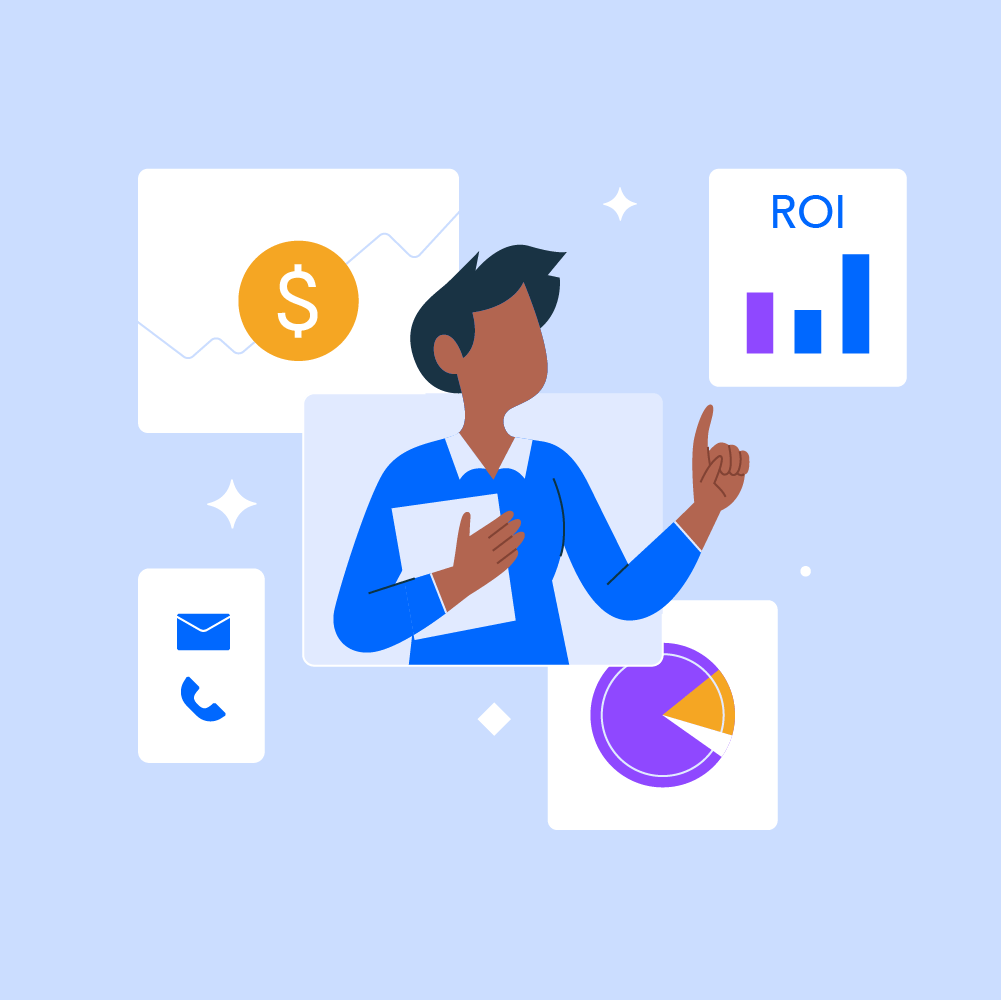This article is part of the Crunchbase Community Contributor Series. The author is an expert in their field and a Crunchbase user. We are honored to feature and promote their contribution on the Crunchbase blog.
Please note that the author is not employed by Crunchbase and the opinions expressed in this article do not necessarily reflect official views or opinions of Crunchbase, Inc.
The qualities of a great founder are often in direct conflict with those of a great salesperson.
As an inherent part of the job, early-stage founders spend the first days of their company’s existence facing inward. They spend disproportionate amounts of time thinking about establishing the foundations of their company — building the product, hiring talent, enticing investors — because for the most part, they should be. But early customer acquisition requires a complete 180 from this mindset, and it starts with throwing away whatever playbook has worked to-date. An outside-in approach is required, one that evaluates your offering from the user’s perspective. An investor pitch — full of high-minded promises to change the world, to delight and excite with all that is new — isn’t going to cut it with customers. They need to know what’s in it for them.
Finding the right fit with customers one to 10
There is nothing more important in the early days than a strategic qualifying process. Acquiring these first customers is not simply about getting 10 deals signed, but doing it efficiently. Remember, you’re armed with a spear, not a net. Securing interest from a Fortune 500 company early on is tempting, for certain. But what if you get deep into the RFP process only to find that they’re evaluating on price, or features you don’t have yet? That’s a massive time sink startups can’t afford. Instead, select a small initial universe of potential customers who share your same mindset. An early product is going to have holes, it’s going to have missing features. Your first 10 customers won’t be won solely on the strength of your offering, but by presenting them with the opportunity to do something unique (and frankly, cool) together.
Most customers want something to be real before they invest in it, but the reality for startups is that they can’t wait for their product to be real to start beating the drum. You need customers who understand this, who behave like partners, who are not only capable of helping you build your company but who actually want to be a part of the process because they’re invested.
Imagine you’re standing on a subway platform. There are two trains approaching. One is the train you’ve always taken. You know you’ll find seats, the experience will be comfortable and the ride smooth, but in the end you’ll be back on the same subway platform from which you left. The second train is still a work in progress. A few cars are missing seats, there’s nowhere to get a drink or snack, maybe the bathroom is out of order (although hopefully not). But at the end of the ride, you’ll be somewhere your peers aren’t. As a startup founder, you’ve already boarded the second train. Those first 10 customers will be your co-passengers. You want to be sure everyone bought the right ticket.
Finding your 11th customer (and beyond)
Once the first 10 customers are acquired, your playbook goes right out the window again. With customer number 11, you should spend the vast majority of your time talking about customers one through 10. These early references — where the alignment of mission and mindset have fostered a strong partnership and mutual success — are your lifeblood. They’re the key to unlocking customers 10-30, 30-50, and so on. Whether or not they pay full price (or any price, for that matter) is irrelevant. You’re better off with $100 from a like-minded company willing to speak publicly about their use case than $100,000 from a big company that requires non-disclosures to be signed as part of the deal.
On its face, this might seem like an easy approach, but in reality, it requires tremendous discipline, self-confidence and belief in your mission. It’s one thing to know that your first 10 customers should look different than your next 20, but how do you execute on that knowledge if and when a big name comes knocking? Or when one of your favorite customers comes to ask for a feature that doesn’t fit the roadmap? It takes courage to say no, responsibly and respectfully, to any early request from customers and prospects alike.
Be transparent, provide opportunity
Ongoing and open communication is key. It’s critical to be clear and consistent about what it means for the customer to be along with you for the ride. In most cases, companies are looking for partners and vendors that allow them to do three things:
Learn. Many founders underestimate the opportunity to learn. The entire startup ecosystem is built around learning. Silicon Valley is at the heart of that ecosystem. Today, the largest car company isn’t in Detroit, it’s in Palo Alto. The most successful entertainment company isn’t in Hollywood, it’s in Los Gatos. Gaining direct access to the inner workings of the startup community is a tremendous motivator for customers that often goes underutilized. In fact, it is the purest and most valuable currency available to early-stage companies.
Earn. Providing opportunities to earn is all about providing a fresh perspective. Being a constant student of life, and remaining intensely curious, is essential to being a good founder. It’s also a big part of why customers want to work with early-stage companies to begin with. All companies today, even giants that have been around for decades, understand that the world is changing. They’re looking for people both inside and outside of their organizations that are willing to step outside of the lines and do something different. In chemistry, hot molecules stick together. Every company is looking for those hot molecules. Be one, and you’ll stick.
Grow. Which leads us right back to where we started — growth. The more you experiment, the more you try, the more you push, and the more you fail, the better chance there is that your company will grow. Your prospective customers know this truth applies to them as well. Gone are the days of professional gatekeepers, protectors of legacy, and merchants of complexity. People want creative solutions. They’re receptive to new ideas, and they’re not afraid of mistakes. You might hit the occasional speed bump together. But given the pace of modern business, that’s far preferable to a stoplight.
Acquiring your first 10 customers may be the most important thing you do as a founder, so choose them wisely. Don’t be seduced by a Fortune 500 brand just because you think it will bring you credibility: it will very likely be more trouble than it’s worth. Identify customers that share your mindset and are excited to learn and grow alongside you. These are the partners that will help you evolve and take you to the next stage of your journey. It’s an incredible ride, and having the right set of early customers is key to your success.


Sudheesh Nair is the CEO of ThoughtSpot, the Modern Analytics Cloud company. Since joining in 2018, Sudheesh led the team that transitioned ThoughtSpot into a pure cloud company, including launching the company’s first SaaS platform, developer experience, and low-code embedded platform. Before ThoughtSpot, he was the President of Nutanix, where he grew annual revenue from $0 to over $1 billion and took the company public.





